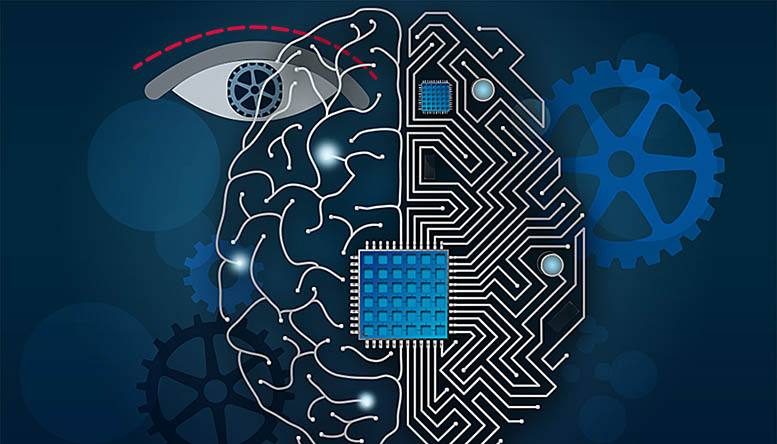 By Leah Burrows, SEAS Communications
By Leah Burrows, SEAS Communications
(Activist Post Editor’s Note: The following commentary from Harvard is a somewhat optimistic and apparently cautious approach to the potential effects that artificial intelligence could have on many areas of life in the coming years. We would encourage you to read the full 52-page PDF report from Stanford that is linked below as it highlights the massive scope of how technology will transform into a much more pervasive – and most likely invasive – presence in our day-to-day lives. While there is some attention given to “ethical concerns,” it should be understood that these systems already have been developed and set in motion without a full public discussion about ethical boundaries. Automated weapons of war, surveillance in the physical and digital space, increasingly intelligent robotics and the outsourcing of human work, predictive healthcare and banking, and of course the implementation of pre-crime policing are all threatening to literally take on a life of their own as it currently stands. Do we really have until 2030 to presumably work all of this out as we go along? The “experts” seem to think so…
Artificial intelligence (AI) has already transformed our lives—from the autonomous cars on the roads to the robotic vacuums and smart thermostats in our homes. Over the next 15 years, AI technologies will continue to make inroads in nearly every area of our lives, from education to entertainment, health care to security.
The question is, are we ready? Do we have the answers to the legal and ethical quandaries that will certainly arise from the increasing integration of AI into our daily lives? Are we even asking the right questions?
Now, a panel of academics and industry thinkers has looked ahead to 2030 to forecast how advances in AI might affect life in a typical North American city and spark discussion about how to ensure the safe, fair, and beneficial development of these rapidly developing technologies.
“Artificial Intelligence and Life in 2030” is the first product of the One Hundred Year Study on Artificial Intelligence (AI100), an ongoing project hosted by Stanford University to inform debate and provide guidance on the ethical development of smart software, sensors, and machines. Every five years for the next 100 years, the AI100 project will release a report that evaluates the status of AI technologies and their potential impact on the world.
Barbara Grosz, the Higgins Professor of Natural Sciences at the Harvard John A. Paulson School of Engineering and Applied Sciences, chairs the AI100 Standing Committee.
“Now is the time to consider the design, ethical, and policy challenges that AI technologies raise,” said Grosz. “If we tackle these issues now and take them seriously, we will have systems that are better designed in the future and more appropriate policies to guide their use.”
“We believe specialized AI applications will become both increasingly common and more useful by 2030, improving our economy and quality of life,” said Peter Stone, a computer scientist at the University of Texas, Austin, and chair of the report. “But this technology will also create profound challenges, affecting jobs and incomes and other issues that we should begin addressing now to ensure that the benefits of AI are broadly shared.”
The report investigates eight areas of human activity in which AI technologies are already affecting urban life and will be even more pervasive by 2030: transportation, home/service robots, health care, education, entertainment, low-resource communities, public safety and security, employment, and the workplace.
 Some of the biggest challenges in the next 15 years will be creating safe and reliable hardware for autonomous cars and health care robots; gaining public trust for AI systems, especially in low-resource communities; and overcoming fears that the technology will marginalize humans in the workplace.
Some of the biggest challenges in the next 15 years will be creating safe and reliable hardware for autonomous cars and health care robots; gaining public trust for AI systems, especially in low-resource communities; and overcoming fears that the technology will marginalize humans in the workplace.
Issues of liability and accountability also arise with questions such as: Who is responsible when a self-driven car crashes or an intelligent medical device fails? How can we prevent AI applications from being used for racial discrimination or financial cheating?
The report doesn’t offer solutions but rather is intended to start a conversation between scientists, ethicists, policymakers, industry leaders, and the general public.
Grosz said she hopes the AI 100 report “initiates a century-long conversation about ways AI-enhanced technologies might be shaped to improve life and societies.”
This article first appeared at the Harvard Gazette.

The technologies that assist the deep state with killing, war, spying, and the control of populations won’t be up for discussion, if that discussion must include them. The only discussion we’ll have is dealing with the revelation they’ve used these technologies against us for decades without our knowledge or permission.